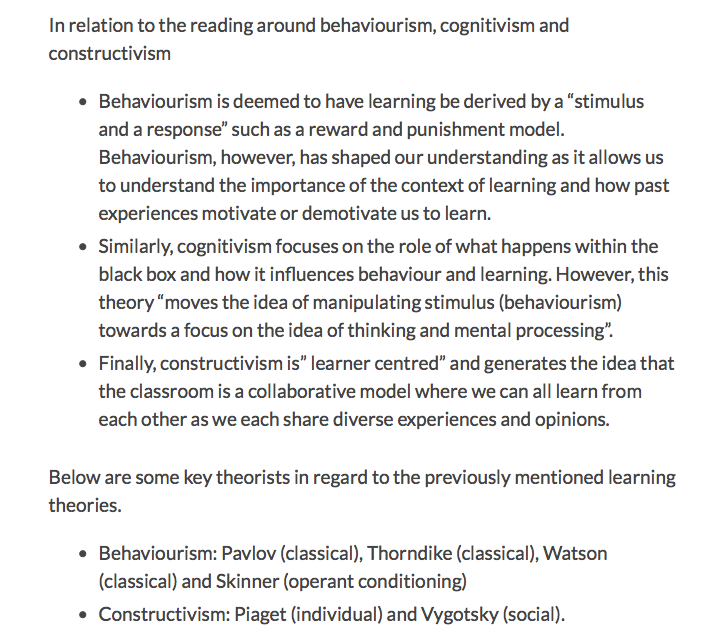Individual blog post #2: How would you describe the historical and theoretical trends in k-12 online and distributed learning? What did you already know, what do you know now based on the course readings and activities, what do you hope to learn?
Before the current pandemic, I never really realized how involved Canada was in e-learning. It is fascinating that Canada is known to have the most students’ per capita enrolments (before Covid) (Barbour and Labonte, 2018). I also did not realize that BC was the leader in elearning! It will be so interesting to see the growth and development after the pandemic as I think there will be a new appreciation for online learning and technology in general. Hopefully this historical transition will prompt Canada to be involved in more research.
Before doing these readings, I knew that Canada and the US have very different policies and structures related to the education system. Hence, I believe this Handbook stressed the importance of considering the diversity of online programs. Although in Canada it is within the provinces and territories ministry of educations, each has uniqueness’s.
Reflection on some of these ideas made me think of my experiences with online learning and how that has shaped my learning today. Throughout high school, I did classes at SIDES and École Virtuelle! These experiences helped me understand of the different types of learning spaces. Whether that be distributed learning, blended, online / elearning and open learning! Prior to this topic, I would have never considered online learning other than online. Now I understand that online learning can take many forms whether that be face to face, partially online (uses online discussions for example) or fully online (Barbour and Labonte, 2018). Online / elearning according to Barbour and Labonte (2018) is “The implementation of computer technologies to education. “(p.602). It is crazy to think that with that definition in mind, I have basically done some form of online learning all my life! I have used technology for different purposes and at different levels as such the SAMR model explains this idea very well!

Retrieved from: https://lingomedia.com/stages-of-edtech-the-samr-model-for-technology-integration/ Image credit: Sylvia Duckworth, via @DavidGuerin
I think the historical and theoretical trends can be described by past experiences. In a world that is constantly involving in terms of technology! We are always learning! Therefore, experiences like the current pandemic can shape our new visions and approaches to teaching and learning. Learning theories have shaped our understanding and ability to create student centered learning (Bates, 2014). Theories shape the way the teacher thinks and addresses things in the classroom. As such a behaviourist approach could be to include reward systems in the classroom. This is shaped by theorists such as Pavlov and Skinner. Constructivism known theorists include Piaget and Vygotsky; Vygotsky Zone of Proximal development is still considered today! Connectivism focus is on interaction amongst peers. Thus, building connections and learning from each other as analyzed by Siemens and Downes (connectivism theorists). All in all, these have shaped our understanding and teaching practices and we can include various elements of these in order to create a diverse a student-centered approach! However first we must understand the roots in order to address student needs!

Retrieved from:from my blog post from a previous class: https://brittanyseducblog.opened.ca/2020/05/18/learning-theory-and-motivation/
References
Barbour, M & Labonte, R. (2018) An Overview of eLearning Organizations and Practices in Canada. In R. Ferdig & K. Kennedy (Eds.), Handbook of research on K-12 online and blended learning (pp. 600-616).Pittsburgh, PA: Carnegie Mellon University ETC Press.
Bates, T.(2014). Learning Theories and Online Learning. [Blog post]. Retrieved from
https://www.tonybates.ca/2014/07/29/learning-theories-and-online-learning/
Leave a Reply
You must be logged in to post a comment.